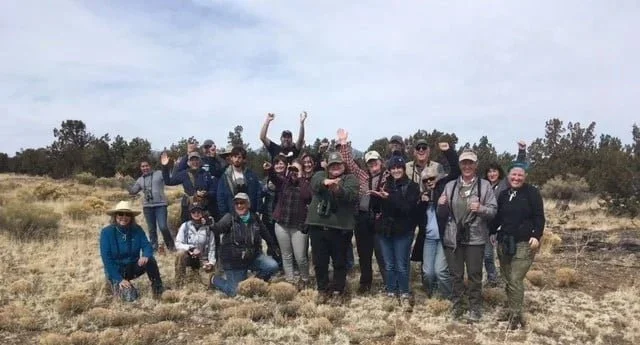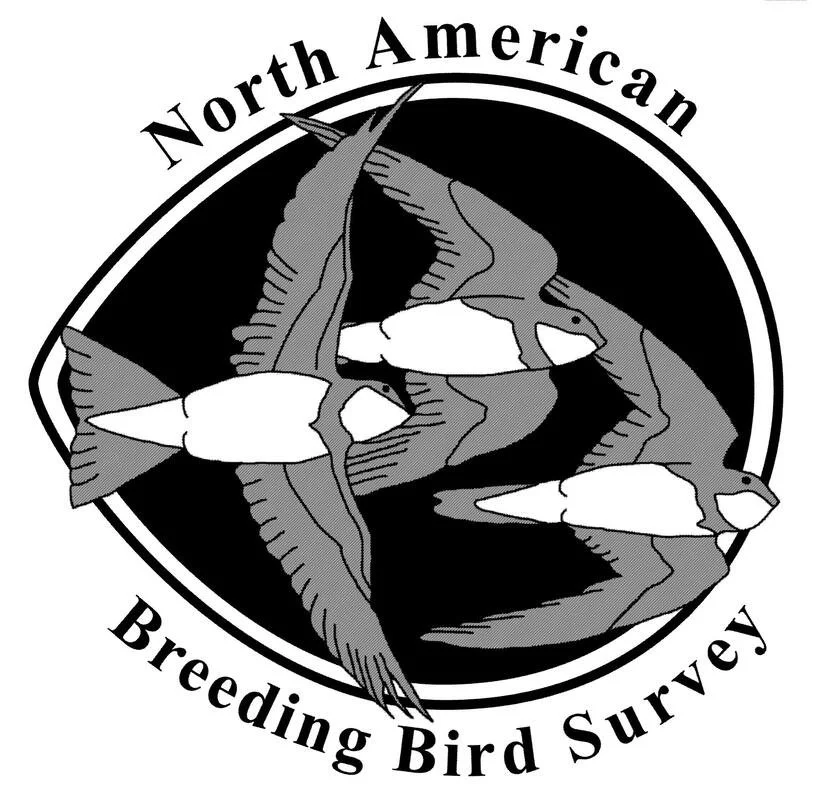Volunteer Opportunities:
Pinyon Jay Community Science
Great Basin Bird Observatory has been researching Pinyon Jays since 2008, when we began the first radio telemetry study ever done on the species. Pinyon Jays have showed nearly an 80% population decline since 1970, and there are still major knowledge gaps complicating our ability to understand these population declines. This volunteer effort is an important way to fill these knowledge gaps. Because of their unique natural history, Pinyon Jay data collection presents many challenges to researchers. You can help us collect data by joining our community science effort! With your help, and a larger data set, we can begin to understand why Pinyon Jay populations are in decline.
1.) Pinyon Data Collector:
Collect data on Pinyon Jays, including the absence of flocks, in pinyon-juniper woodlands throughout the state.
Visit the Pinyon Jay Community Science Hub and sign up to collect data
Download ESRI’s Survey123 App
Instructions to use ESRI’s Survey123 app
2.) Pinyon Pine Cone Productivity Assessment:
Pinyon pine nuts are the primary food resource of Pinyon Jays, and pinyon pine productivity varies from year to year, and potentially in response to other factors. Tracking the productivity of pinyon pines will help determine how pinyon pine nut production relates to Pinyon Jay population declines.
Visit the Pinyon Jay Community Science Hub and sign up to collect data
Follow instructions here: Research and Monitoring Projects
Contact us at outreach@gbbo.org if you have any questions or problems.
North American Breeding Bird Survey
The BBS is a cooperative effort between the U.S. Geological Survey's Eastern Ecological Science Center and Environment Canada's Canadian Wildlife Service to monitor the status and trends of North American bird populations. Following a rigorous protocol, BBS data are collected by thousands of dedicated participants along thousands of randomly established roadside routes throughout the continent. Professional BBS coordinators and data managers work closely with researchers and statisticians to compile and deliver these population data and population trend analyses on more than 400 bird species, for use by conservation managers, scientists, and the general public.
Learn more about the North American Breeding Bird Survey
To get involved in Nevada contact:
Jess Brooks
Nevada Department of Wildlife
6980 Sierra Center Parkway, Suite 120
Reno, NV 89511
775-688-1445 (Phone)
jdbrooks@ndow.org
Volunteer with your local Audubon Chapter






